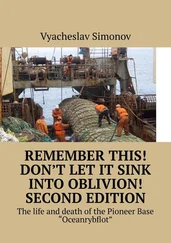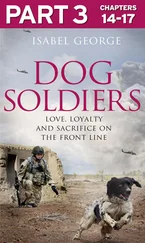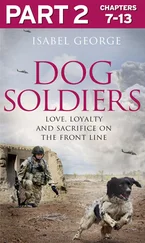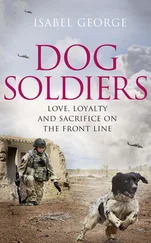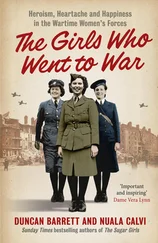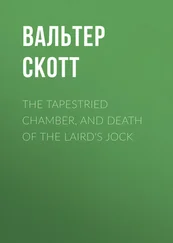
Emma’s War
LOVE, BETRAYAL AND DEATH IN THE SUDAN
Deborah Scroggins

For Colin
Cover
Title Page Emma’s War LOVE, BETRAYAL AND DEATH IN THE SUDAN Deborah Scroggins
Maps
Prologue
Part One
Chapter One
Chapter Two
Chapter Three
Chapter Four
Chapter Five
Chapter Six
Part Two
Chapter Seven
Chapter Eight
Chapter Nine
Chapter Ten
Chapter Eleven
Chapter Twelve
Part Three
Chapter Thirteen
Chapter Fourteen
Chapter Fifteen
Chapter Sixteen
Part Four
Chapter Seventeen
Chapter Eighteen
Chapter Nineteen
Chapter Twenty
Chapter Twenty-one
Chapter Twenty-two
Part Five
Chapter Twenty-three
Chapter Twenty-four
Chapter Twenty-five
Chapter Twenty-six
Chapter Twenty-seven
Chapter Twenty-eight
Chapter Twenty-nine
Chapter Thirty
Chapter Thirty-one
Epilogue
Images
Source Notes
Select Bibliography
Glossary
Acknowledgements
About the Author
Author’s Note
Copyright
About the Publisher
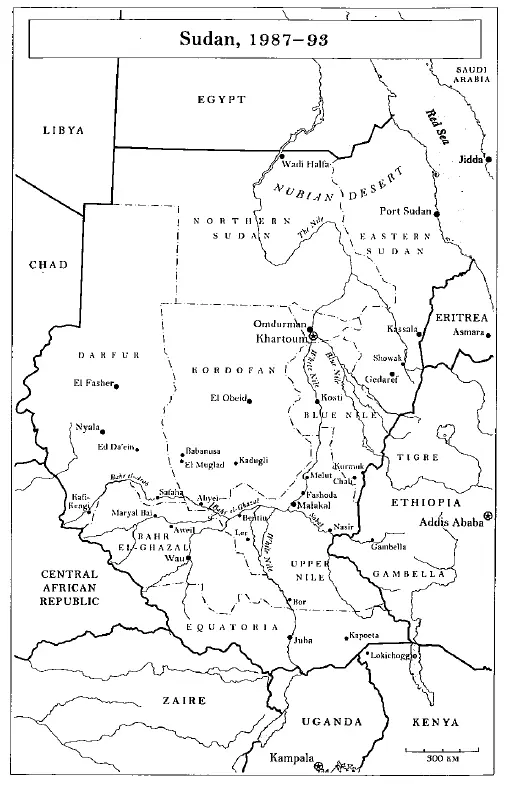
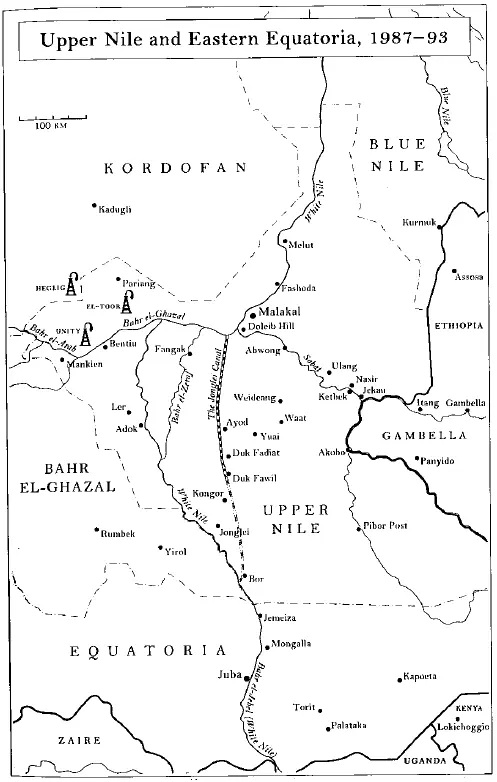
Even now, in the deep sweet busyness of a summer evening on Myrtle Street, I think of them. I’ll be giving my daughters a bath, there will be chatter and commotion and slippery little-girl bodies, and then suddenly I will hear the strange hum of the famine camp at Safaha, the sound of thousands of people coughing and gasping for breath, and I’ll remember how I lay awake listening to it. I will see my husband reading his book, and I will remember the contorted faces of the starving men who crossed the river and came to tell me something in a language I couldn’t understand. I will look out the window at the sun setting over the Atlanta skyline, and instead I will see Africa’s great violet ball of a sun sinking down over the river at Nasir. As the moon floats into view behind the branches of the big oak tree outside my house, I remember how it lit up the encampment outside the feeding centre at Safaha, turning the plain into a field of silver skeletons.
I think of them, and I remember Emma. I met her more than a decade ago in Nasir, a place that has been shrouded in ambiguity and irony from its beginning. An Arab slave-hunter hired by an Englishman to end slavery founded the town. A hundred miles east of the White Nile and eighty miles west of Ethiopia, it lies on the eastern edge of the seasonal swamp that makes up the better part of southern Sudan. Early in the twentieth century, the British established a command post there over the local people, a tribe of exceptionally tall and fearless cattle-keepers called the Nuer. By the time I reached it, Sudan’s civil war had destroyed most of the old town. The United Nations was delivering food at a crude airstrip made from the rubble of destroyed buildings. The rebel Sudan People’s Liberation Army (SPLA) had located its provincial headquarters in a mud compound a few miles up the Sobat River from the ruins.
This was in December 1990, well before Emma McCune scandalized the region’s aid workers and diplomats by marrying the local warlord and going to live with him and his gunmen in that weapon-studded compound. But even then there was something unsettling about her. I was in Nasir working for the Atlanta newspaper. A photographer and I had been there for about ten days, reporting on the war between the Islamic government in the north and the Christian and pagan rebels in the south. I had been interviewing teenage soldiers and starving children. Since the war began in 1983, perhaps a million people had died, a quarter of them during the famine of 1988, which I had covered closely. Still there was an eerie beauty to this part of Sudan. The years of fighting had sealed it off from development, turning the blue-green wetlands between the White Nile and the Blue Nile into a vast wilderness refuge, whose silence was interrupted only by bombings, gunfire and the haunting songs of the local people.
The photographer, whose name was Frank Niemeir, and I had been waiting for several days for a UN plane to fly us back to Kenya. The plane had been delayed for the usual obscure reasons. Perhaps the government had banned flights to rebel-held areas; perhaps the UN was punishing the rebels for threatening to shoot down UN planes. No one knew. Or if they knew, they weren’t telling. Each day we walked up and down the banks of the Sobat, watching lyre-horned cattle roam through the ruins of what had once been a marketplace. We had seen a blue heron roosting on the wreck of an ancient steamer and marabou storks floating down the river on lily pads. In the evenings we had returned to the UN house, a derelict concrete structure of two rooms attached to a mouldering compound that had housed the American Presbyterian mission in Nasir. The missionaries had been expelled from Sudan nearly thirty years earlier, in 1964, but their houses were still the best Nasir had to offer. At night we played cards by the light of a paraffin lantern until we fell asleep on metal beds swathed in mists of purple mosquito netting we had brought from Nairobi.
At last an SPLA officer with bloodshot eyes and a T-shirt that bore the legend ‘Martin’s Restaurant, St Paul, Minn.’, came to tell us that the UN had radioed and a plane would be arriving shortly. We gathered up our backpacks and carried them through the ruined town to the edge of the airstrip, where we sat on top of them. The morning sun seemed to be looking down on us like a giant white eye. A couple of rebel soldiers stood around in flip-flops, listening for the plane. The first thing over the horizon wasn’t a plane but a man. He came out from behind the rusted hulk of a bus that lay on its side near the airstrip. He was a middle-aged Nuer with loose skin and the six parallel marks of manhood across his forehead. He wore a bunch of pink flowers in each ear, brass armbands and a pair of navy blue cotton underpants. His hair was dressed in cornrows, and he was singing and dancing his way towards us. Our rebel escorts stirred uneasily.
‘Who’s this?’ I asked.
‘He is no one,’ one of the rebels answered shortly. The soldier’s face was a mass of scars in the intricate dot patterns with which the southern Sudanese decorate their bodies; slung over his right shoulder was an AK-47.
The man with the flowers was only a few feet away now, gesticulating wildly, hopping up and down and pointing at us, singing at the top of his lungs.
Читать дальше







